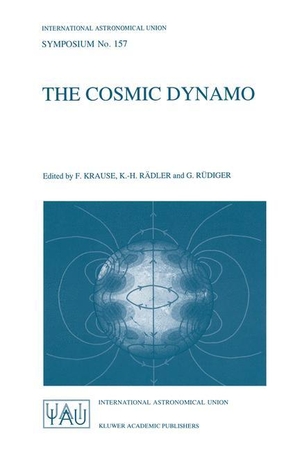Für statistische Zwecke und um bestmögliche Funktionalität zu bieten, speichert diese Website Cookies auf Ihrem Gerät. Das Speichern von Cookies kann in den Browser-Einstellungen deaktiviert werden. Wenn Sie die Website weiter nutzen, stimmen Sie der Verwendung von Cookies zu.
Cookie akzeptieren
The Cosmic Dynamo
- Springer Netherlands
- 1993
- Taschenbuch
- 532 Seiten
- ISBN 9780792325475
This IAU-symposium was the first which was entirely dedicated to dynamo processes, which are fundamental on all cosmical scales. Dynamo theory concerns one of the few truly key questions of recent cosmic physics. There is increasing evidence for the magnetic character of most short-term activity phenomena in astrophysics. Obviously, the tria. ngle "gravil;y, nuclea. r power, magnetism" dictates cosmic evolution over a very broad scale of magnitudes. A complicated interplay of rotation, magnetism and turbulence, that is hard to resolve, determines stellar and galactic activity for almost all the short and medium time scales. Behind these multiform phenomena, the cosmic dynamo works in various guise. . "I, all involving inductive
Mehr
Weniger
zzgl. Versand
in Kürze